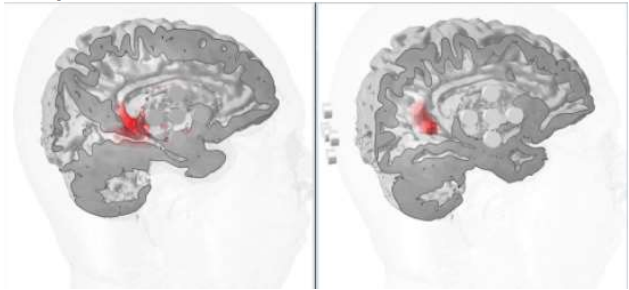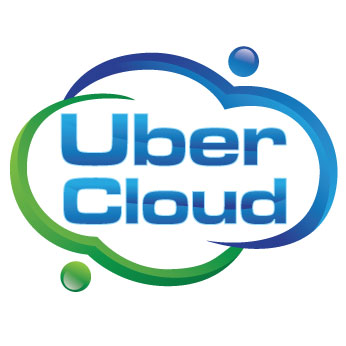The concept of personalized medicine has its roots deep in genomic research. Indeed, the successful completion of the Human Genome Project in 2003 marked a critical milestone for the field. That project took $3 billion over 13 years. Today, thanks to technological progress, a similar sequencing task would take only about $4,000 and a few weeks. Such computational power is possible thanks to cloud technology, which eliminates the barriers to high-performance computing (HPC) by removing software and hardware constraints.
Simulations Move Personalized Medicine Beyond Genomics
But while our knowledge of the human genome offers incredible promise for the diagnosis, treatment and prevention of diseases, it is certainly not the only source of advancements in personalized medicine. Accelerated by cloud-based technologies, computational simulations are an ideal tool for personalized medicine. They can help identify which treatments are most likely to be effective for an individual patient, which can reduce the risk of unnecessarily treating a patient with an expensive, risky or highly invasive protocol.
One great example of this is an award-winning UberCloud experiment conducted to evaluate the efficacy of Transcranial Direct Current Stimulation (tDCS), a non-invasive treatment for schizophrenia. Using multiple electric fields placed on the scalp, the procedure precisely activates selected regions deep in the brain that cause schizophrenia.
 |
| These results show the sensitivity of the temporal-interference region deep inside the brain based on electrode placement on the scalp. |
Because each patient is unique, the treatment requires identifying exactly which regions of the brain should be stimulated. This is where computational modeling comes in. Identifying which regions should be stimulated for an individual patient requires 26 different electrical simulations that can be run independently and in parallel. Running these simulations in the cloud confers three significant benefits:
- Timeliness: Using conventional simulation methods, this process would take about 33 hours. With HPC in the cloud, that time was reduced to only 28 minutes--70 times faster. That dramatically shortened time frame means that simulations can be run while a patient waits, so the entire treatment can be done in one ambulatory visit.
- Accessibility: Because cloud-based simulations can be run without specialized hardware, they can be executed in a conventional clinical setting. A physician can much more easily implement the most effective treatment protocol for each individual patient.
- Minimal invasiveness: Prior to the introduction of HPC, the simulations necessary for tDCS required too much time to offer a viable treatment option in many scenarios, leaving patients with more invasive, higher risk options like Deep Brain Stimulation (DBS).
Meanwhile the use of cloud-based computational modeling also allowed the researchers to run numerous configurations of electrode placements and sizes to explore new possibilities, and to study the sensitivity of electrode placements and sizes for the newly proposed methodology, which they were unable to do via in-house workstations and HPC systems.
Promise for Treatment of Other Medical Conditions
The technology and techniques used in these virtual human brain simulations could be used to develop safer, more cost-effective treatments for other neuropsychiatric disorders, such as depression, Parkinson’s disease and obsessive-compulsive disorder. Furthermore cloud-based computational simulations have diverse potential applications for treating many other medical conditions and for addressing complex medical challenges.
To learn more about this experiment, please join UberCloud for a 30-minute webinar featuring two guest presenters:
- Karl D'Souza, Life Sciences Industry Solution Experience Director, Dassault Systèmes
- Ægir Rafn Magnússon, Business Development Director, Advania Data Centers
They will present an overview of personalized neuromodulation of the brain, explore the results of the HPC simulation, and explain the specific technologies used in the experiment: modeling and simulation with Abaqus; HPC Cloud at Advania Data Centers; and the UberCloud CAE platform.



